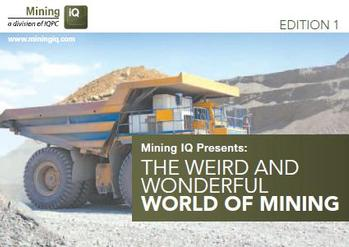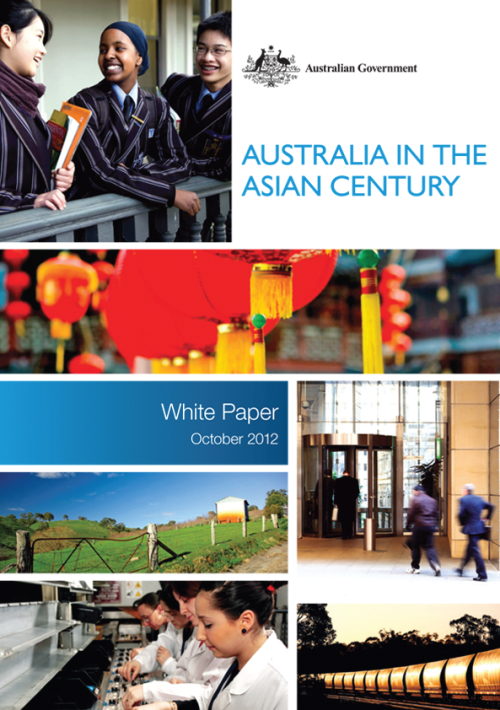From a speech delivered in 1938 by William Sulzer, a former governor of New York.
The prospector is the most useful man to commerce and the most valuable man of civilization.
Political economists tell us that next to agriculture, mining is the next greatest industry. This is true from the viewpoint that if our soil were untilled, famine would stalk the land.
From a monetary standpoint, however, the mining industry is the greatest in the world. The truth of this assertion becomes apparent when one considers that mining gives us the standard of value by which the price of everything produced by the brain and brawn of man is measured.
Abandon mining and the value of every commodity would be insignificant, humanity would sink back to the barter-and-exchange age, and financial paralysis would lock in its vice-like grasp the industries of mankind.
It would be the greatest calamity that ever befell the human race, and in less than a century, civilization would revert to the barbarism of pre-history, when primitive man knew nothing about copper, gold, silver, iron, lead, zinc and the other mineral resources of Mother Earth.


























